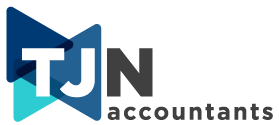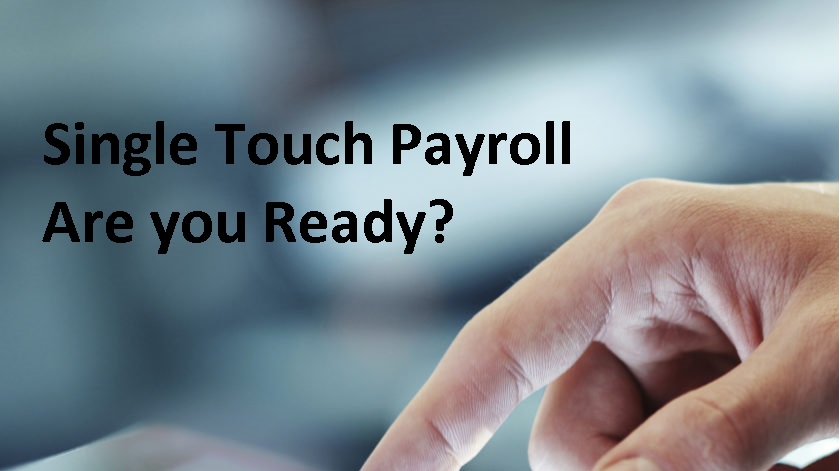Payroll End of Year Finalisation
Single Touch Payroll
Due 14 July
Employers – you have until 14 July to finalise your end of year payroll through Single Touch Payroll (STP).
While this may sound like a simple, one step process through your software, you do need to undertake a number of checks at this time to ensure that the information you are lodging is correct.
We’ve outlined these steps below for you. If you need help finalising your payroll for the end of financial year, please feel free to book in a time to speak to us.
1
Check that all of your bank accounts are reconciled in your accounting software and the bank account balance agrees to the bank statement.
2
Check all of your payruns have been recorded, paid and filed with the ATO through Single Touch Payroll.
3
Check the wages payable account in your balance sheet and ensure that the balance is nil at the end of financial year (which indicates that all payruns have been physically paid).
4
Download the lodged Single Touch Payroll data from the ATO Business Portal to confirm the total gross wages and PAYG withholding.
5
Summarise and total the wages data lodged via your business activity statements (W1 Wages and W2 PAYG withholding).
6
Download the Single Touch Payroll reports from your accounting software and compare the total wages and PAYG withholding to the amounts calculated in steps 4 and 5 above. The wages and PAYG withholding calculated in steps 4 and 5 should agree to the total wages and PAYG withholding shown in the Single Touch Payroll report from your accounting software.
7
Once you are happy that the data in the Single Touch Payroll report is correct, you can finalise the data in your accounting software and lodge with the ATO via Single Touch Payroll. The reports are required to be finalised by 14 July.
8
We recommend that once the payroll data has been finalised through Single Touch Payroll, you notify your employees. Your employees no longer receive individual printed payment summaries. Once you have finalised the payroll through Single Touch Payroll, your employees can access the finalised data through their myGov accounts or via their tax agent.
DISCLAIMER: The information in this article is general in nature and is not a substitute for professional advice. Accordingly, neither TJN Accountants nor any member or employee of TJN Accountants accepts any responsibility for any loss, however caused, as a result of reliance on this general information. We recommend that our formal advice be sought before acting in any of the areas. The article is issued as a helpful guide to clients and for their private information. Therefore, it should be regarded as confidential and not be made available to any person without our consent,

Jeanette has over 20 years experience as an accountant in public practice. She is a Chartered Accountant, registered tax agent and accredited SMSF Association advisor. When she is not helping business owners grow their empires, you will likely find her out running on the trails or at the gym. Book in to see Jeanette today.



